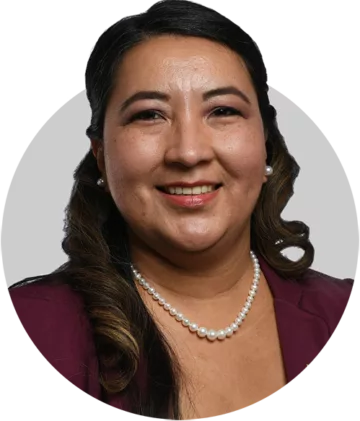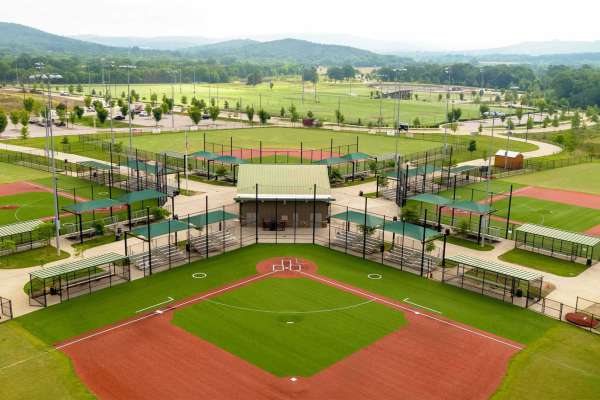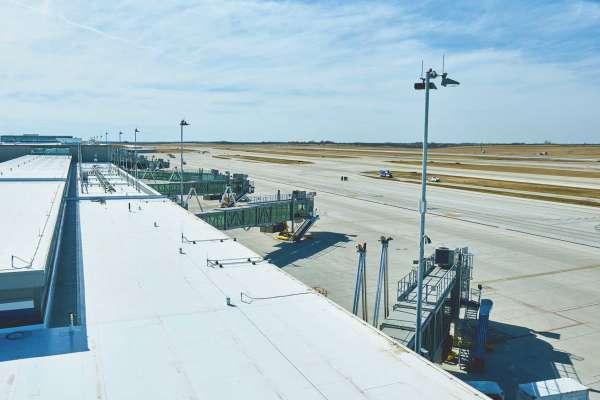Industry Insider
Treating water today to restore it for tomorrow, Garver’s One Water approach.
What is One Water?
Put simply, Garver’s One Water approach unifies the need to treat water today to restore it for tomorrow. We do that by focusing on three key concepts of technology and treatment processes, community needs, and environmental impacts. These key concepts are important and needed for an integrated water management vision.
How does One Water utilize treatment technologies?
Throughout my career, I’ve focused my research on innovative technologies, such as membranes. Technology evolves as we identify challenges and needs in the water industry, and funding is one major challenge to implementation. One Water requires innovative water treatment technologies to ensure water is available for multiple uses such as drinking, agriculture, and industrial. Innovative technologies need funding to flourish and grow towards successful implementation. To achieve our vision of treating water today to restore it for tomorrow, continued investments are key.
How does it address community needs and aging infrastructure?
First of all, we as an industry need to know the importance of our role as advocates for water, making sure communities understand the value of water and communicating to them how critical water is and what is being done to address these issues. As population grows and our infrastructure ages, One Water allows for the ability to look at these challenges at the same time and not as separate issues. Movements like Imagine a Day Without Water help with communicating the value of water. Aging infrastructure presents an opportunity to diversify our water systems by creating new water portfolios and look at how to combine and leverage different resources. Additionally, the growth in our population offers an opportunity to recruit new talent and retain professionals in all areas of our water workforce.
How should environmental needs inform projects?
One Water is not a solution to any one single problem, nor is it a solution to everything. Each project needs to be looked at as an overall picture, and those leading it need to understand that the project has immediate and future impacts on other projects. When dams were first built, did engineers think about the long-term impacts? Probably not; they thought about the challenge they faced —controlling a river to deliver water where needed. Today, taking into consideration the societal and environmental impacts of a problem will make you a better engineer than just focusing on solving an equation.
What’s the future of One Water?
The future is now. With funding occurring at a rate that we haven’t seen since the 1970s, we have to use what we have now to build for the future. We have an opportunity to diversify how we approach projects to be better servants for clients and look at challenges through a new lens as we strategize for a better future. One Water is the future. There should be no more silos on how we brand and manage water; it is not grey water or wastewater — it is One Water.








Share this article